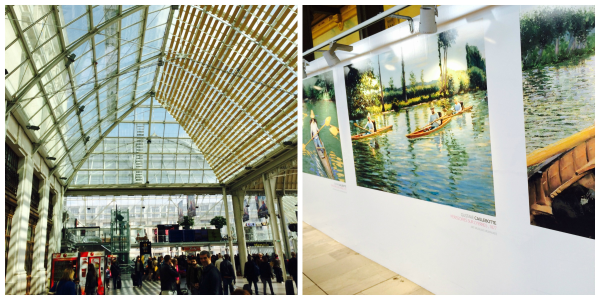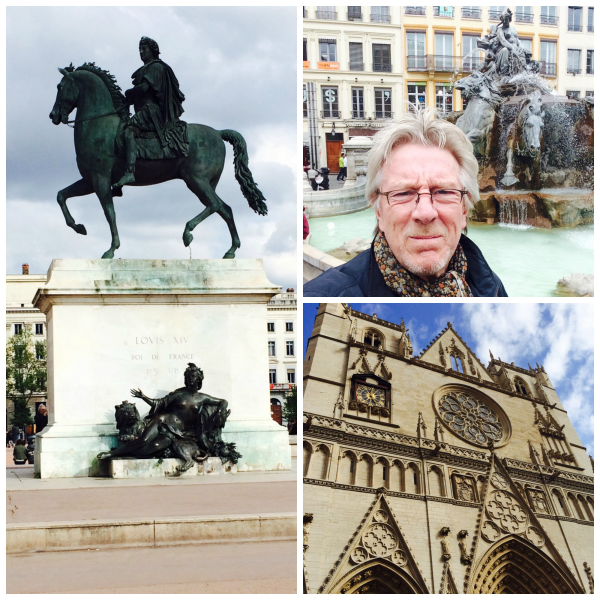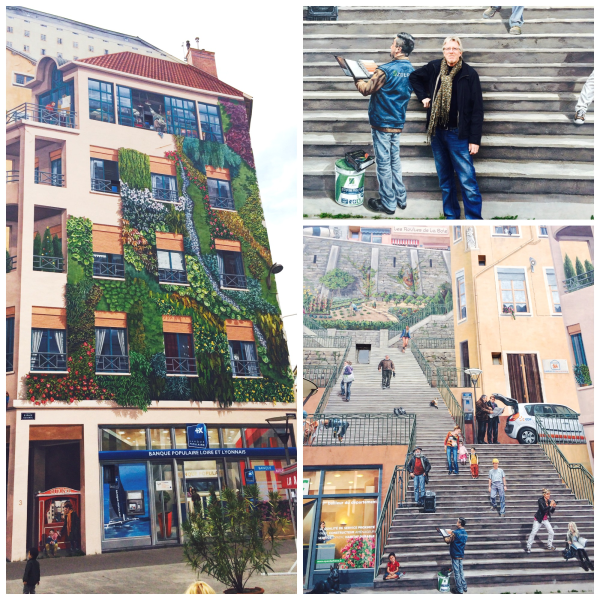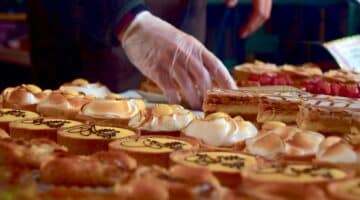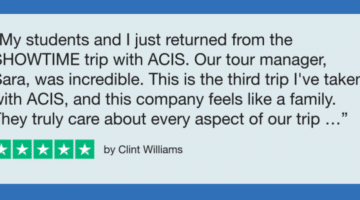New Adventures in Vieux Lyon
Here I am, heading to the Gare de Lyon, en route to the city of Lyon, via the TGV. The journey time is two hours. This is the gateway to the Alps and to the south of France. The station has a beautiful glass atrium and houses Le Train Bleu Restaurant which has been serving good food to train travelers and Parisians for over 100 years. Famous for its central clock, it is one of the busiest stations in Paris, especially during the summer and winter months. The skiers come in the winter, the sun worshippers in the summer, and wine drinkers all year round.
The station was advertising a mini exhibition of Gustave Caillebotte and it got me thinking about museums and how many I need to visit. Too many and not enough time. I grabbed a sandwich at Paul, fearing the refreshments that would be served on board, and boarded the upper-deck of the train for a sprint across Burgundy, through Beaujolais and into the Rhone Alps.
Arriving in Lyon
What is unique about Lyon is that it is a city of two rivers – the Rhone and the Saone. It has a fabulous transportation system that uses trolley buses and also has a brand new metro system. It is a hilly city, which keeps you fit, and it was the first city in the world to introduce the city bike concept, the Vélo’V. Paris followed shortly after and since then the proliferation of city bike is everywhere from Berlin to Boston, Washington to Turin, and even the Romans have a city bike system! There are bike lanes everywhere and like Amsterdam, you feel the power of how modern transportation thinking has taken over this city. In addition, there is a delightful funicular much like the one in Montmartre that takes you from the lower town to the upper town in Croix-Rousse.
The old part of the city, Vieux Lyon, is the largest Renaissance center in France. The original Roman remains of the city are not terribly impressive, but the Cathedral of Saint Jean Baptiste and the old, winding streets with Medieval and Renaissance architecture mixed together more than make up for the lack of decent Roman ruins.
Lyon was the capital of silk and up to 60,000 looms wove fabric destined for the beautiful parlors of Europe. In the area of Croix-Rousse, silk craftsman and weavers moved up onto the high point of the city as a healthier option and essentially created a worker’s cooperative in this area. The silk workers were called Les Canuts.
Because of the terrible conditions that they were subjected to, there were many mini revolts against the establishment. A number of insurrections took place during the 19th century and the Canuts Revolts are a huge part of the history of Lyon. When the Croix-Rousse was incorporated into Lyon in 1852, it became the most important working class city in France. Now a trendy neighborhood, the history of Les Canuts is marked by several museums and is etched in the minds of the people of Lyon.
In addition, Lyon has a grand reputation for its murals. There are several huge murals called Les Mur des Canuts that decorate a block of buildings in the Croix-Rousse. Fantastic and extraordinary trompe l’oeil paintings that grace what was once a dilapidated wall block. Now they are the most famous murals in the modern world! They truly are larger than any other and are refreshed every 10 years to keep up with the ever changing neighborhood.
Lyon is the home of French gastronomy. Its dishes served in the ubiquitous Bouchons are not for vegetarians or the faint of heart. Gratin d’andouillette(sausage with cheese), quenelles de brochet (fish or meat wrapped in egg and breadcrumbs), lots of brains and cow stomachs, plenty of animal heads, blood sausage, and kidneys stare at you on the menu. Saucisson de Lyon is the main game here. This is also home to the world-famous Paul Bocuse who has a bunch of chain restaurants and one particularly amazing three star restaurant just outside of the city called Auberge du Pont de Collonges. Book a year in advance!
It is the home of the Lumiere brothers who founded cinematography, one of the largest squares in all of Europe – Place Bellecour, beautiful Renaissance buildings, Medieval walkways, and it is a lively city because of a large university population and a great nightlife.
It has easy access to the south of France and to the capital city of Paris. Not to mention, you are one hour away from the Alps and skiing, one hour away from Beaujolais country, and you are in the heart of the great Rhone wine areas like St. Joseph. Currently, they are building a tunnel through the Alps that will make the connect time between Lyon and its Italian twin city Turin only one hour and twenty minutes. Right now it takes around 5 hours. It is a great idea although the neighbors are up in arms. Progress…Oh, well.
